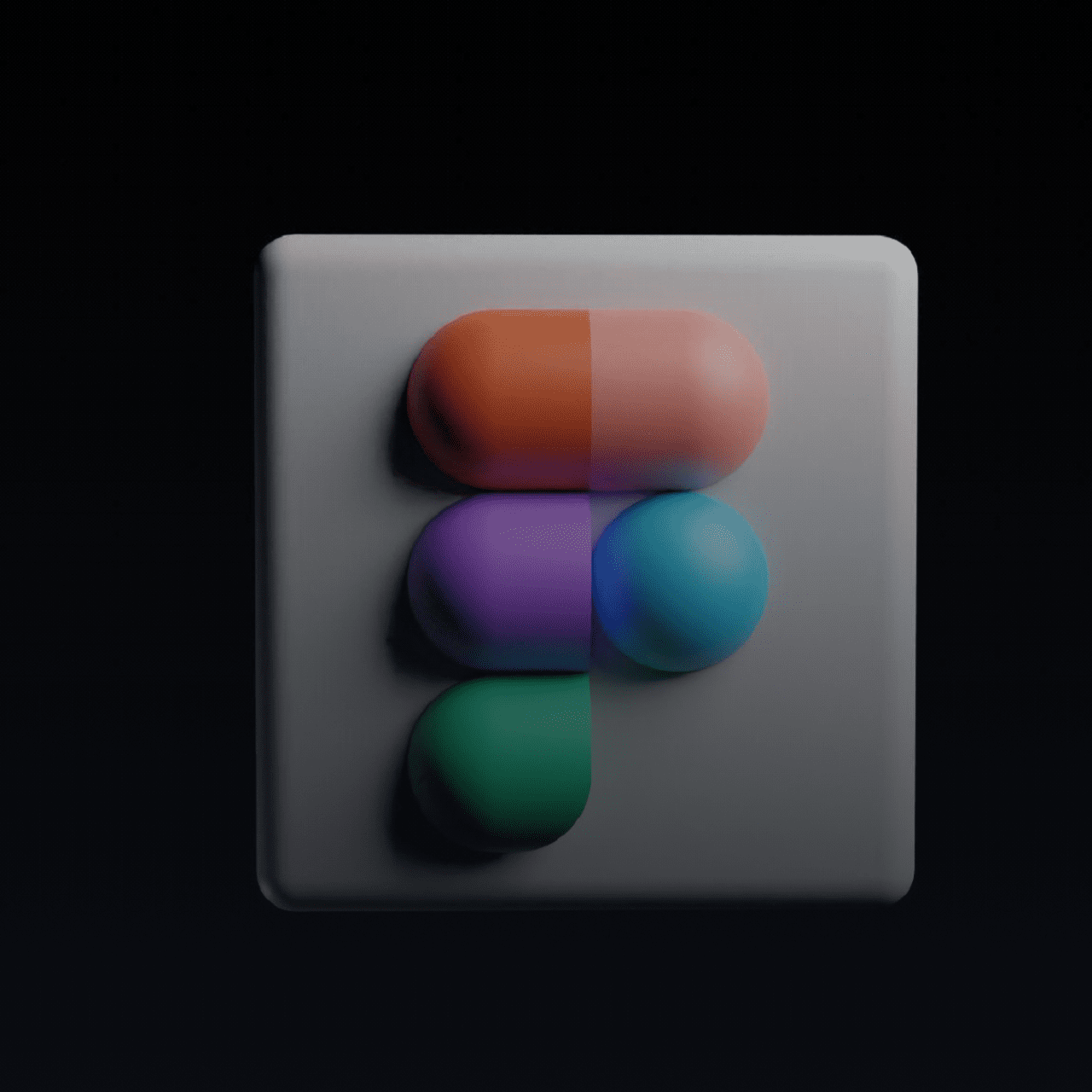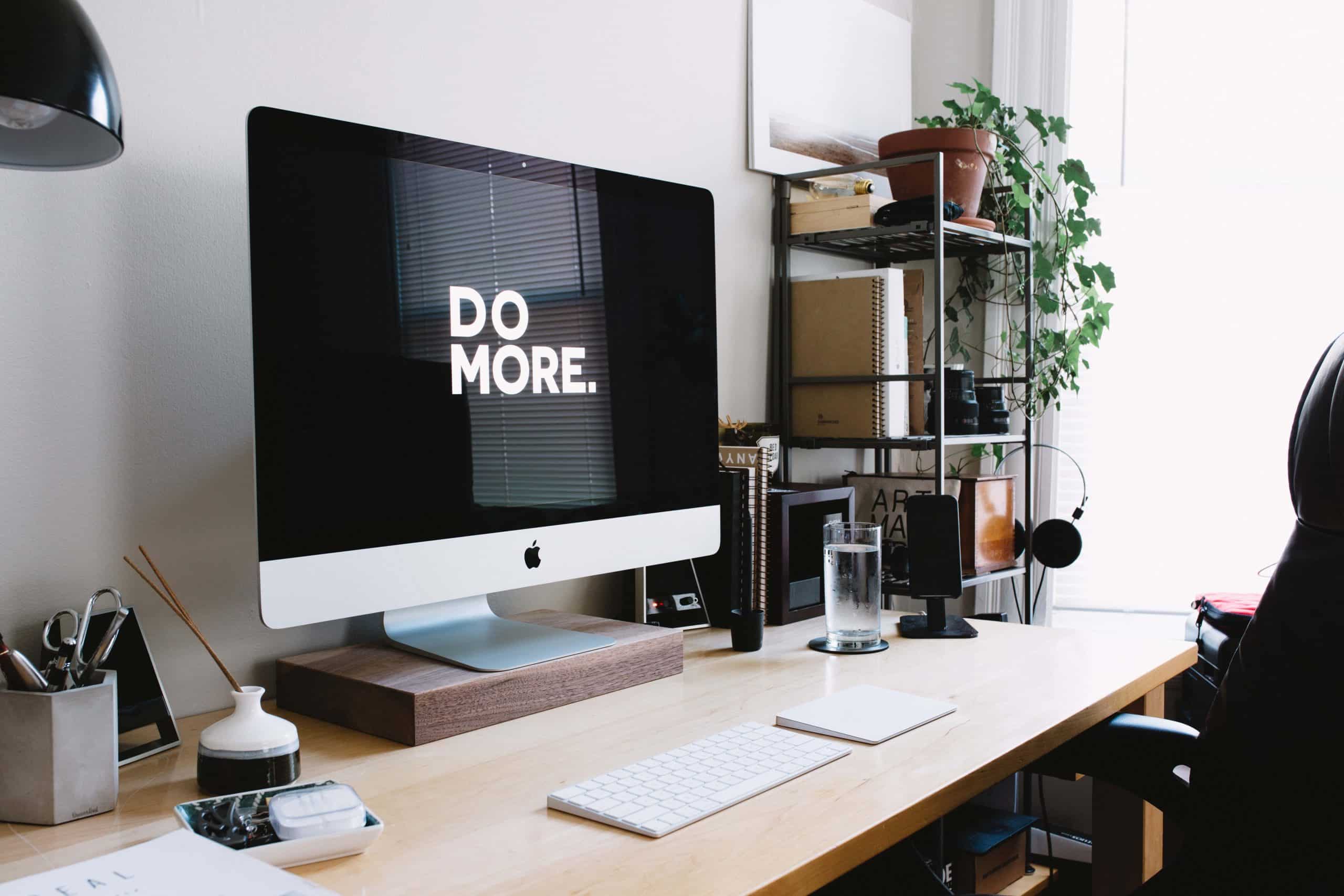Tools and frameworks are used in the design world to make meaning out of the complexity within which we operate. They bring a lot of order into the chaos in a designer’s life, but by blindly relying on them to show us the gaps in our processes, we may be using them in a way that harms our process instead of saving us time or leading to a meaningful insight.
Catch-me-up with the movie
A few days ago, I was planning a systems thinking workshop for graduate design school students with a colleague when she said, “let’s make an empathy map for our participants to better understand their context.” I disagreed because I thought she was referring to the empathy map tool that service designers use to document the senses and emotions of users (see fig. 1). While I could see the value of this tool in context specific evaluative research, I was a bit (read: very) skeptical of its use in other scenarios.
The Challenge faced
Empathy is possibly the most important tool in a designer’s toolbox. We seek to understand the context and systems within which people operate, so we can create with intentionality and build purpose within our designs. By simply filling in a template, we sometimes ignore the things that fall outside the bucket. For instance, in the case of the workshop we were designing, we needed to build an understanding of their existing knowledge and skill levels to design for their context. It wasn’t as relevant what the participants were struggling with in regards to their environment or school life. So we ended up building a map template that made sense for our own context (see fig. 2).
Here are some ways that you can avoid this mistake:
#1 Understand the Essence of the Tool/Framework
By focusing on what the framework is used for and not the template itself, my friend was able to apply it in a way that made sense for the project. Frameworks are built to have a general scope, have a clear focus to get what you want from them.
#2 Be Clear about your Goals
By being very clear on why we needed to build empathy towards our users we were able to generate prompts that could help us put ourselves into their shoes. If the questions you are asking are not giving you relevant answers, you are not asking the right questions.
#3 Make it Relevant
By picking an existing tool, we already have a base to work off of but that doesn’t mean it is always relevant or useful for us in application. Feel free to break the framework and redesign it. I have never known a designer to pick an existing presentation template and not tweak it until it’s visually perfect for their use. Apply that same mindset to the non-visual work you do as well.
Summing it up…
Tools and frameworks are designed to be adapted and built upon. It wasn’t enough for me to simply apply the lens of a bare-bones empathy template to walk in the shoes of another. It won’t be enough for you to use a template without stopping to consider if and how it can bring value to your work. Remember, design is the business of innovation, of not just the product but also the process. An uncalibrated telescope will not show us the stars.









